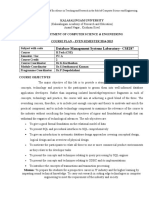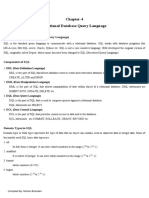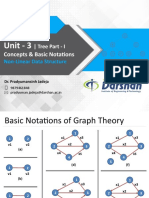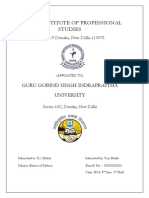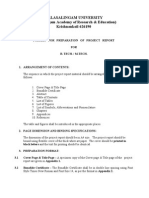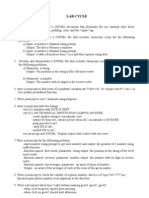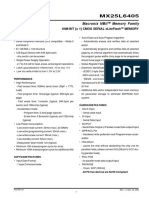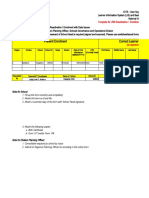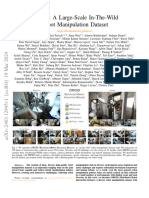0% found this document useful (0 votes)
240 views55 pagesDBMS - Unit 3 (Relational Database Design)
Unit III covers the fundamentals of Relational Database Design, including the Relational Model, Codd's Rules, and various integrity constraints. It discusses the importance of normalization, decomposition, and functional dependencies in creating efficient database structures. The unit emphasizes the features of good relational design and the implications of poor design, alongside the processes of achieving different normal forms.
Uploaded by
Gaurav RoyCopyright
© © All Rights Reserved
We take content rights seriously. If you suspect this is your content, claim it here.
Available Formats
Download as PDF, TXT or read online on Scribd
0% found this document useful (0 votes)
240 views55 pagesDBMS - Unit 3 (Relational Database Design)
Unit III covers the fundamentals of Relational Database Design, including the Relational Model, Codd's Rules, and various integrity constraints. It discusses the importance of normalization, decomposition, and functional dependencies in creating efficient database structures. The unit emphasizes the features of good relational design and the implications of poor design, alongside the processes of achieving different normal forms.
Uploaded by
Gaurav RoyCopyright
© © All Rights Reserved
We take content rights seriously. If you suspect this is your content, claim it here.
Available Formats
Download as PDF, TXT or read online on Scribd
/ 55


